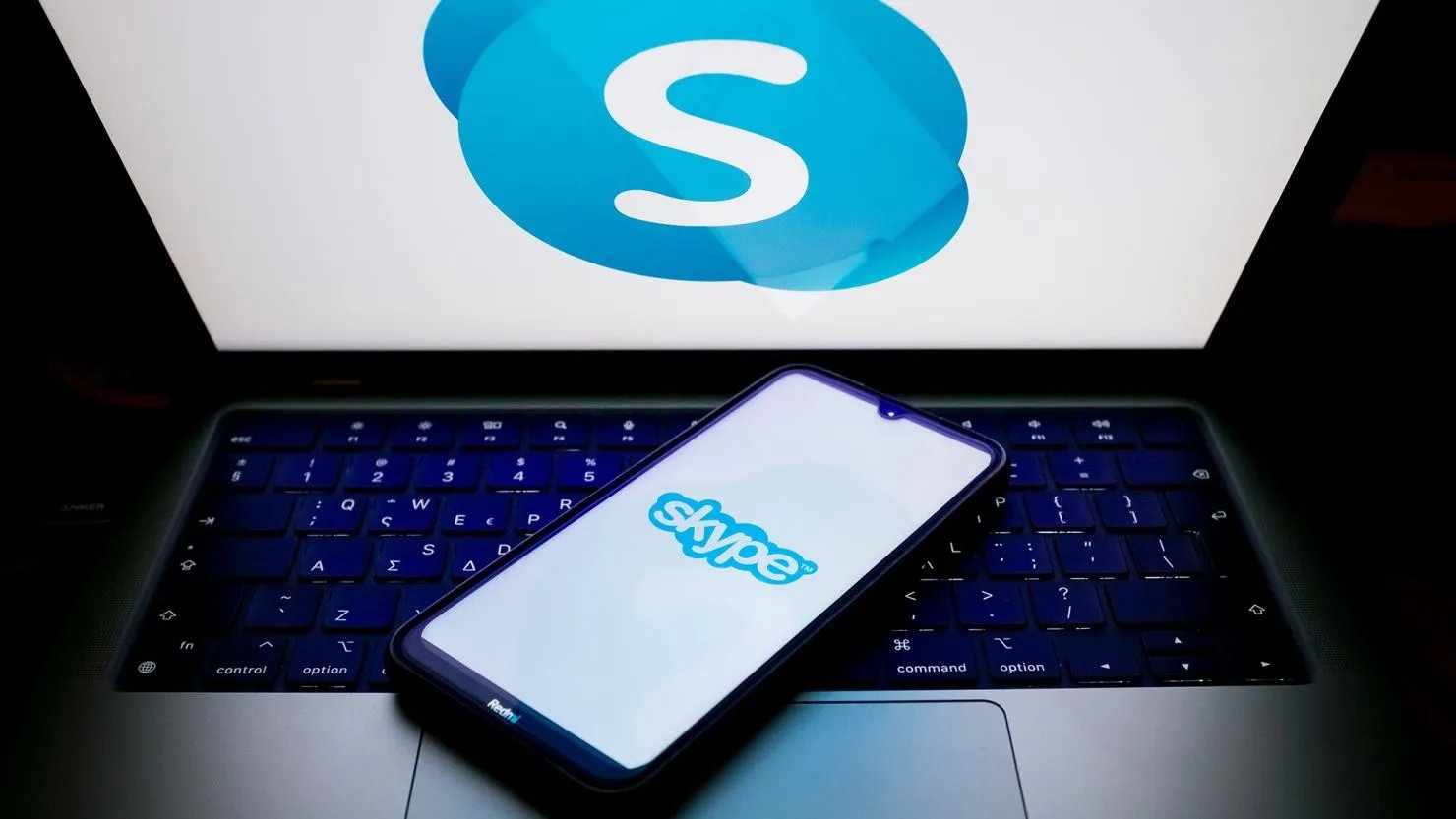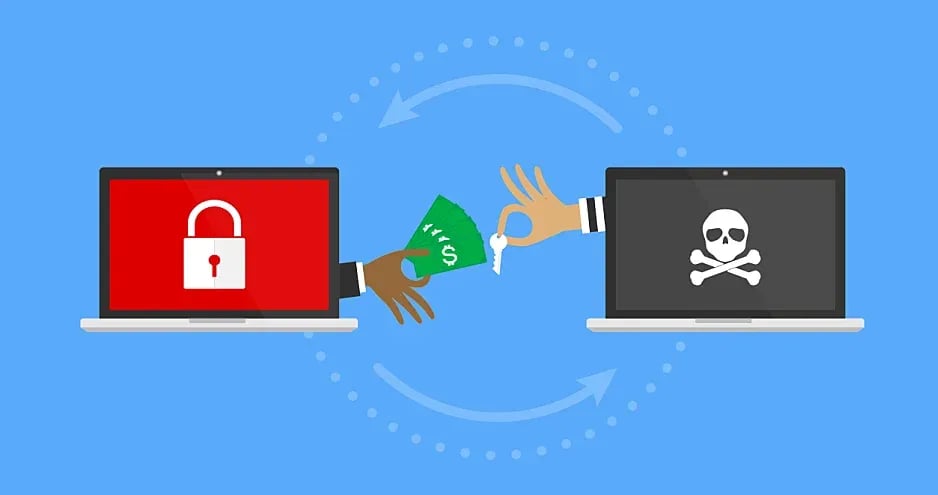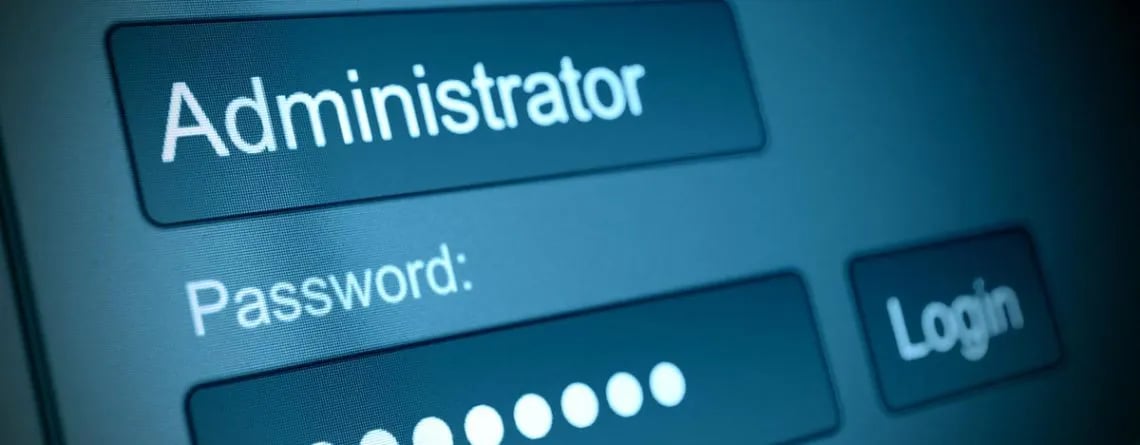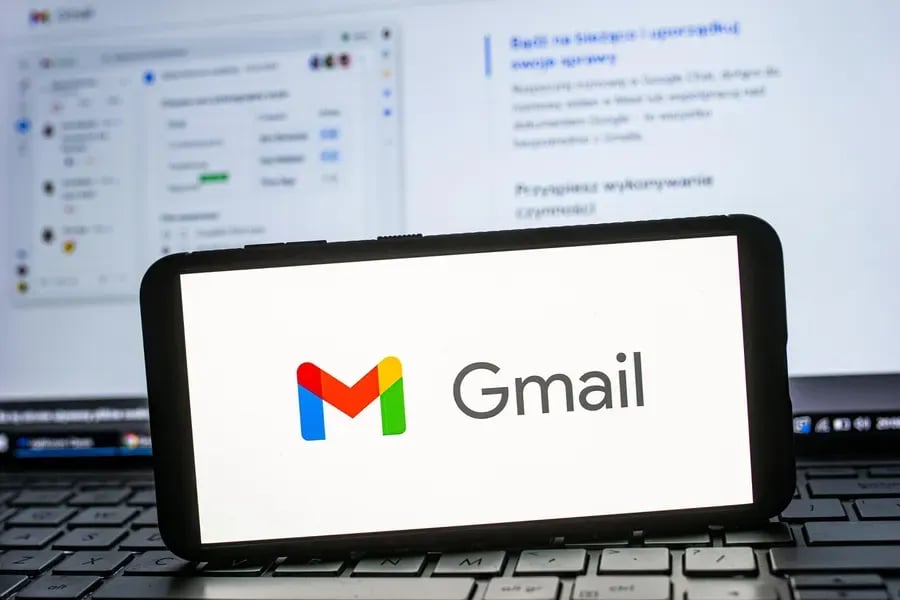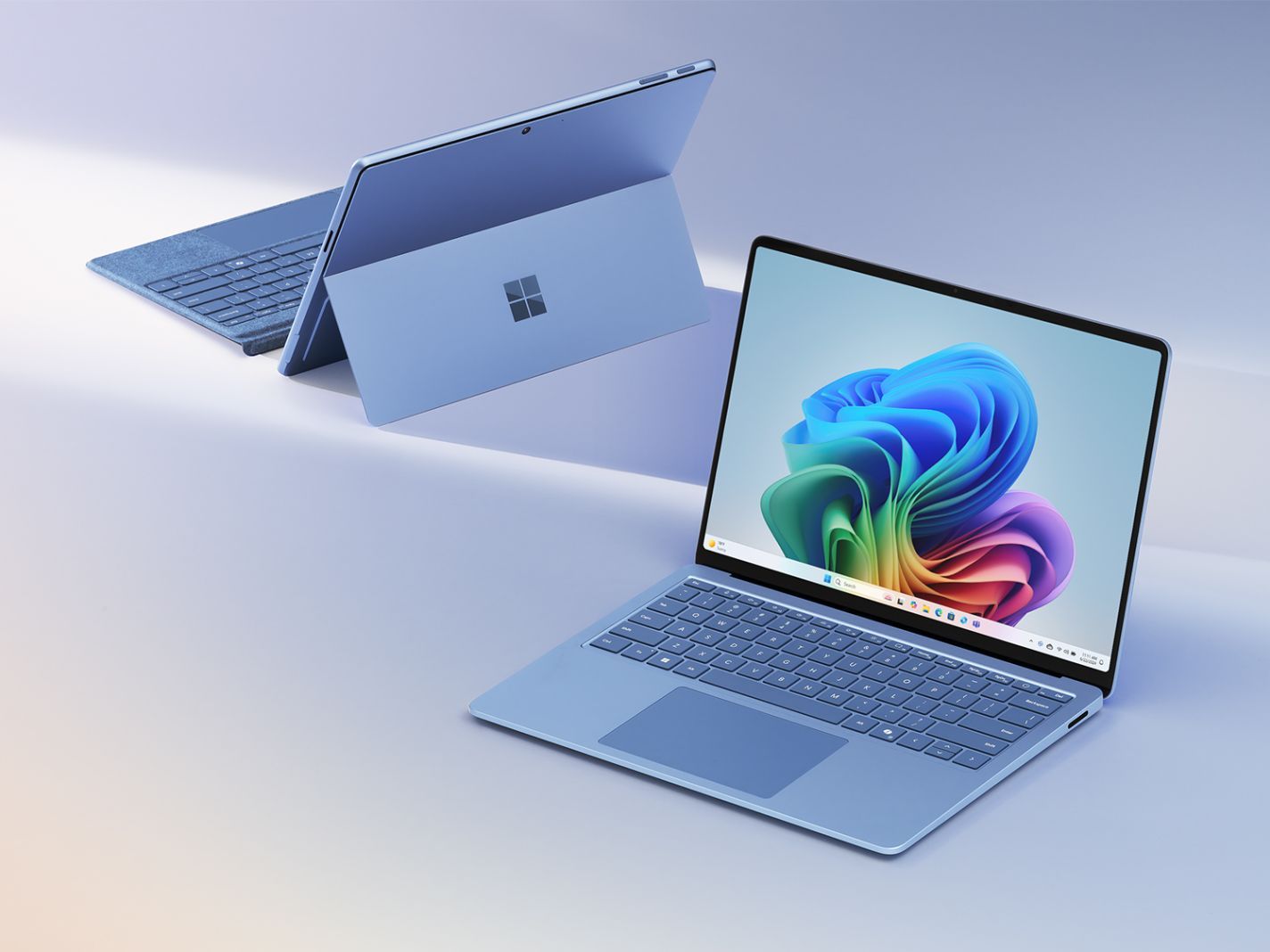Skype: The Pioneer That Changed How We Communicate
It’s hard to imagine now, in a world dominated by Zoom, WhatsApp, and Microsoft Teams, but there was a time when Skype was the gold standard for online communication. Before video calls became an everyday norm, Skype was the platform that made it possible to connect with anyone, anywhere in the world, for free.
I still remember the first time I used Skype. The idea that I could talk face-to-face with someone on the other side of the world without paying long-distance fees felt like something out of science fiction. It wasn’t just another software—it was a game-changer.
The Rise of Skype: A Communication Revolution
When Skype launched in 2003, it fundamentally changed how we connected. At a time when international calls were expensive and video conferencing was reserved for big corporations with deep pockets, Skype democratized communication. Suddenly, families separated by distance could stay in touch without worrying about phone bills. Friends studying abroad could see each other’s faces rather than just hearing their voices. Businesses could hold virtual meetings without expensive conferencing equipment.
Skype wasn’t just about convenience—it was about breaking barriers. It became a lifeline for military families, a tool for global business, and a way for people across continents to stay connected in ways that were never before possible.
At its peak in 2010, Skype had over 660 million registered users, with over 40 million people online at any given time. In a single day, Skype users were making hundreds of millions of minutes worth of calls—a staggering feat for the time. It became a household name, as synonymous with online calls as Google was with search. News networks used it for remote interviews, and even political leaders conducted virtual summits using Skype. It was everywhere.
How Skype Paved the Way for Modern Communication
If you think about how we communicate today—Zoom meetings, FaceTime calls, WhatsApp video chats—it all traces back to the foundation that Skype built. Long before Microsoft Teams became an enterprise staple or Zoom became the go-to for virtual meetings, Skype proved that internet-based communication was the future.
Skype introduced things we now take for granted: free video calls, instant messaging, conference calls, and even the ability to call landlines at reduced rates. For many of us, it was the first time we experienced what it meant to truly connect online beyond just emails or text chats.
But perhaps more importantly, Skype made the idea of virtual communication feel personal. There was something different about seeing someone’s face rather than just hearing their voice on a crackly phone call. It brought us closer, made conversations more meaningful, and ultimately shaped how we interact today.
The End of an Era, But Not the End of Its Impact
Now, as Microsoft prepares to sunset Skype, it marks the end of an era. While newer platforms have taken over, Skype’s legacy is undeniable. Without it, we wouldn’t have the seamless video communication tools we rely on today.
I look at how easy it is now to hop on a Zoom call or send a quick WhatsApp video message, and I know it all started with Skype. It was the first to show us what was possible, and while its time in the spotlight may be over, its influence will never fade.
Skype wasn’t just another app—it was a movement that changed the way the world connects. And for that, it deserves to be remembered.
Thank you, Skype. You paved the way.

